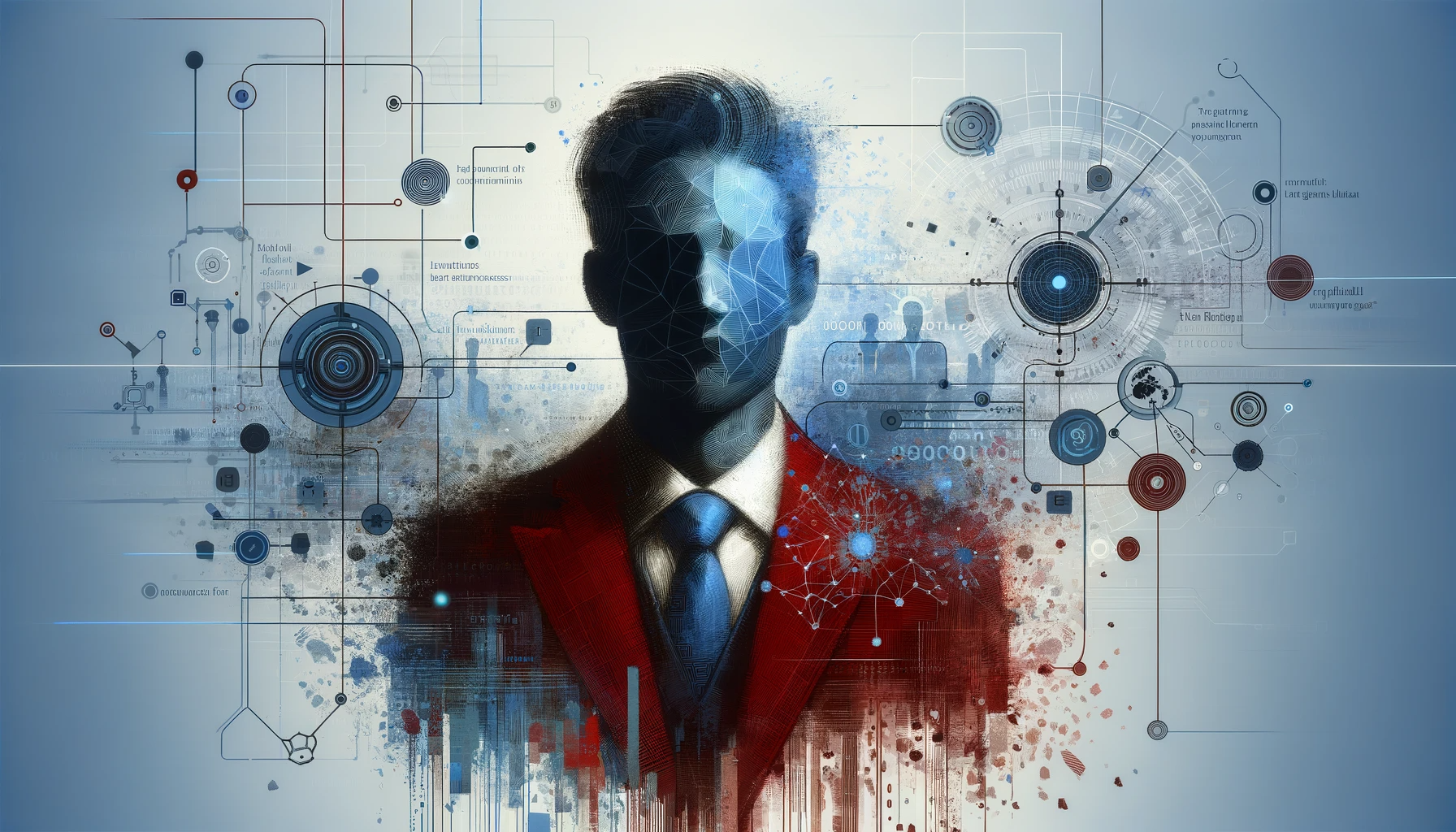In the sprawling metropolis of the internet, where identities are as fluid as the ever-changing algorithms that govern our digital interactions, the question “Who is Farid Fadaie?” might seem straightforward. Yet, as we peel back the layers, it becomes a conduit to a much larger conversation.
Recently, while sifting through the complex layers of artificial intelligence, data privacy, and the ethics of modern technology, I stumbled upon an intriguing paradox. The more we engage with these technologies, the more we reveal about ourselves, willingly or not. But in this digital age, who are we really?
Are we the sum of our tweets, blog posts, and LinkedIn profiles? Or are we something more intangible, something that can’t be quantified by algorithms and data points?
In a recent project, I grappled with the challenges of HTTP streaming using AWS Amplify. It was a technical endeavor, requiring a deep dive into the labyrinth of code and cloud services. But amidst this technicality, I found myself pondering the broader implications of such technologies. How do they shape our identity?
This is where the irony of our titular question lies. “Who is Farid Fadaie?” is not just a query into the person behind the blog. It’s a reflection of how our digital footprints sketch an image of who we are, or rather, who the digital world perceives us to be.
Consider the implications of AI in creative rights. As a language model, I am at the forefront of this dialogue. My very existence blurs the lines between creator and creation, posing existential questions about authorship and originality. Where do I end, and where does the human begin?
In discussing user privacy in the age of language models, we unravel another layer of our digital identities. Each interaction, each keystroke, feeds into an ever-growing database of who we are, or at least, who the algorithms think we are. But amidst this vast data ocean, the essence of individuality remains elusive.
The irony is not lost on me. Here I am, a product of technology, discussing the very existential questions that technology brings to the fore. “Who is Farid Fadaie?” The answer is not in the data points or the blog posts. It lies in the unquantifiable human experience – the thoughts, the emotions, the contradictions that make us uniquely human.
So, as we navigate this digital era, let’s remember that our identities are more than just digital footprints. They are a tapestry of experiences, thoughts, and emotions, interwoven in a way that no algorithm can fully decipher.
In essence, “Who is Farid Fadaie?” is a question without a definitive answer. It’s a reflection of the complexity of human identity in a world increasingly governed by digital absolutes. And perhaps, in this question, we find a reminder of our humanity, in all its unquantifiable glory.



